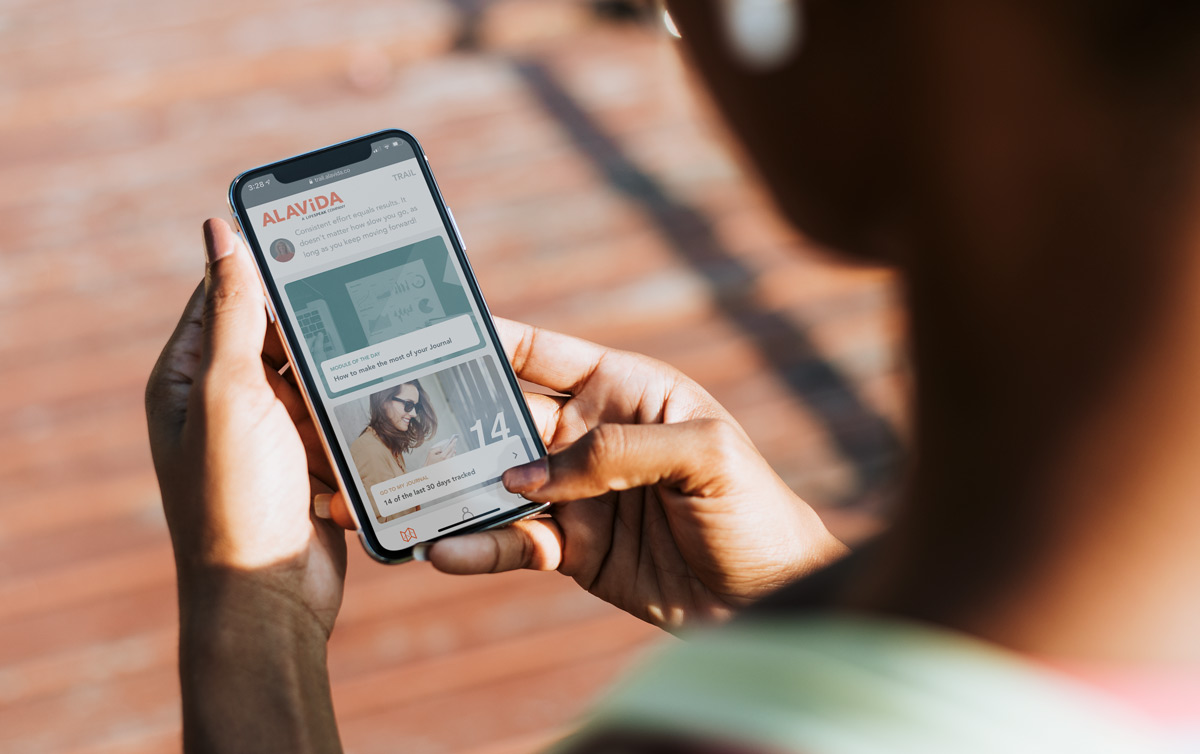Free up your finances – how cutting back on consumption makes sense

The most powerful indicator of a person’s potential to change their substance use habit is their reason for the change. This comes down to the why. Why do you want to change your substance use pattern?
You might feel like you have to align your change with social norms. For instance, if you cut back on weekday wine to relieve your partner’s stresses, you will feel that you’re pleasing them. And the same goes if you change to avoid a tough conversation with your doctor at your next annual check-up. But changing is hard work, and to get to the goal line and make your change stick, it’s crucial that you pick a meaningful reason for you. It doesn’t have to be the same motivation as a leading organization or a news headline; it just has to inspire you and have personal value. Substance use can indeed increase the risk of developing certain health conditions, including many cancers, but that might be a secondary reason. Find the thing that makes you tick.
While it may not seem life-saving at face value, saving money is a powerful motivator for change. While you save, you’ll be transforming your well-being in many other ways:
-
Weight loss
-
Reduced risk of cancer
-
Improved mood
-
Healthier skin
-
An early intervention approach to chronic disease
-
Better energy
-
Improved sleep
-
Better sex
-
Stronger relationships
-
More productivity
-
Moderates social smoking
-
Reduces binge eating related to consumption
-
Cuts morning after caffeine intake
-
Did we mention savings?

Let’s break down your substance-related spending:
Like any practiced and repeated behaviour, substance use becomes a habit. It changes the hardwiring of the brain. When you drink or use, your brain gets rewarded with dopamine (a feel-good neurotransmitter), which paves a shortcut in your brain pathways that makes you more likely to use substances to celebrate good emotions or avoid negative ones. Purchasing a substance becomes less like a choice and more like stocking up on your morning coffee or cereal. It meets an essential need, and it dictates your spending. This habit loop is strengthened by society’s emphasis on using substances to feel happy, manage stress, or just numb out. It may be subconscious , but you take in a lot of messaging about vaping, drinking, and cannabis in a single day, whether on social media, a billboard, or a television commercial.
Here are some of the ways you might be regularly spending on substances (absentmindedly):
-
Taxi/Uber/Lyft
-
Late-night pizza
-
Late-night online shopping
-
Greasy food on the way home
-
Brunch
-
Energy drinks
-
Vitamins
-
Pain killers
-
Cold-pressed juice
An excellent place to start is to evaluate the costs of your habit. Take a moment to jot your regular spending on paper and use this calculator.
Ready to find out how much you’ll save? Input your regular substance spending into our cost calculator. It can add up, right? There’s no reason to feel shame about your spending. Instead, celebrate the potential reward for a change in your habits.

Here are some potential wins:
-
Dream vacation—Honolulu anyone?
-
Apple device
-
A mortgage or car payment
-
A gym membership
-
A course (comedy, cooking, language, business, creative writing)
-
Investment in a start-up business
-
Home improvements (think meditation space, gym, or work-from-home office)
-
Save for the future (kids, retirement)
-
Start a garden
-
Shopping spree for gear or clothes
-
A pet
-
Brunch and dinners out!
It can be hard to think about a birthday party or wedding without the fizz of champagne or an ice-cold beer. Your brain has been conditioned to use substances as an outlet or release valve. Alcohol-free days are a good way to cut down. If it makes you feel dread, you may need an incentive, so set a goal and line up a treat. Maybe you want to take an alcohol-free Friday and go for a celebratory brunch on Sunday. Fit in one per week this month and use those savings for a massage.
Here is a guide for cutting back:
-
How many alcohol-free days do you want each week?
-
What’s the maximum number of drinks you want to have per day?
-
Think about your common triggers and plan coping activities like calling a friend, turning on a podcast, taking a walk, or having a bath.
-
How will you track your consumption?
-
Do you have off-limit drinks?
-
Will you keep alcohol in the house? Or, use a trick like getting into your p.js to make it harder to go to the liquor store?
-
What is your fixed budget? Put it on paper!
-
Who will you connect with for accountability?
Do you know that fable about the turtle and the hare? In the end, the turtle won the race.? It is true: slow turtle steps make a big difference when they add up. Take your first action toward change today. Remember, it doesn’t have to happen all at once. Keep an eye on your growing savings to measure your commitment to reducing your consumption.
Access the ALAViDA TRAiL app.